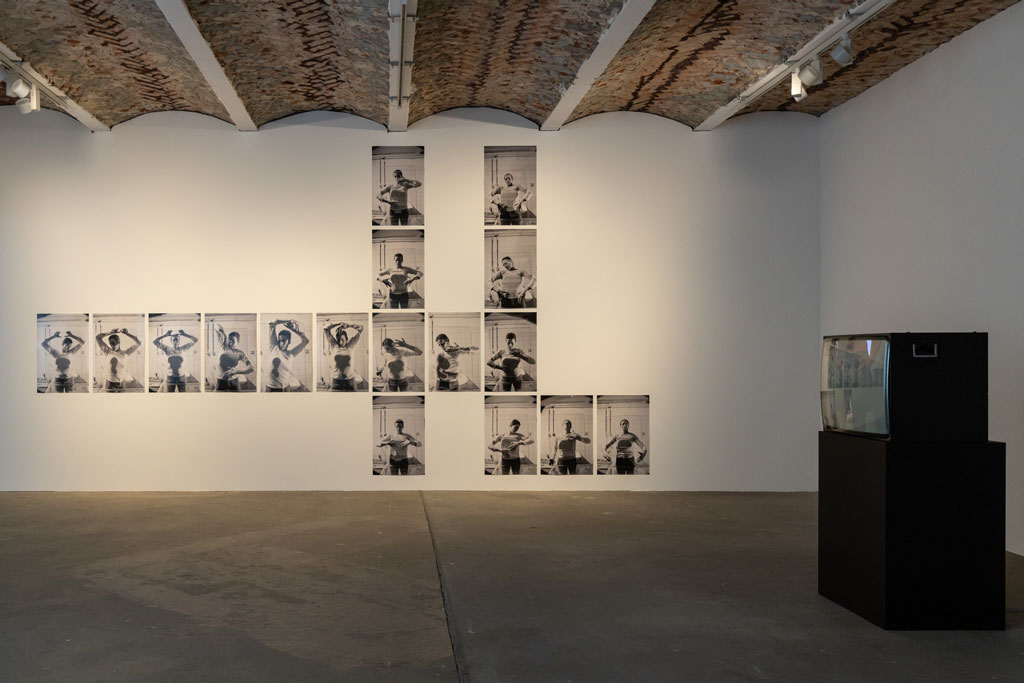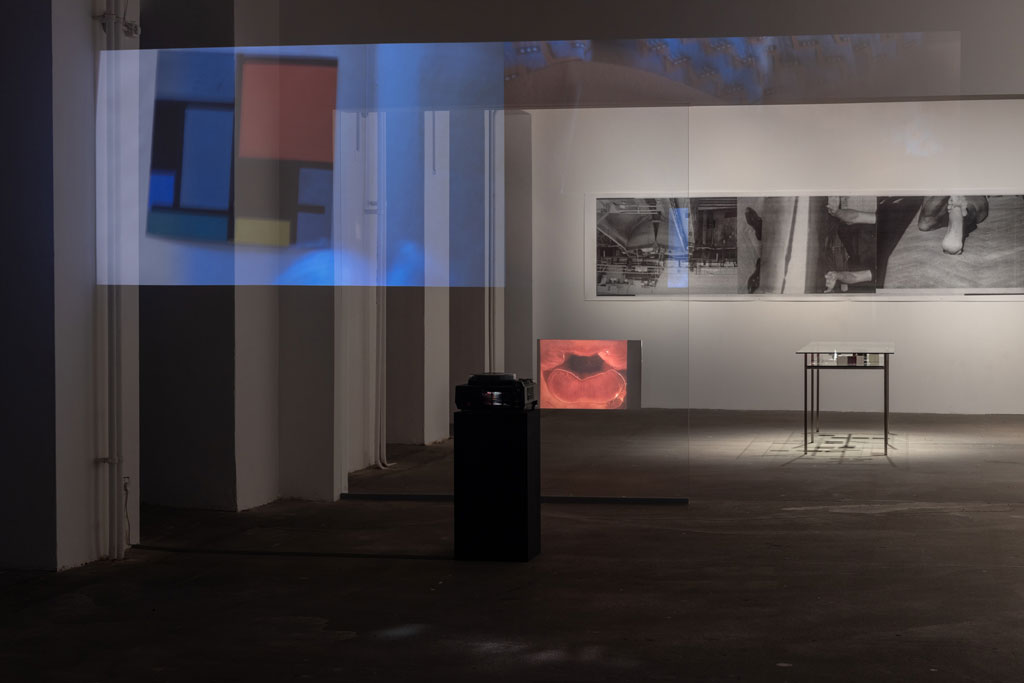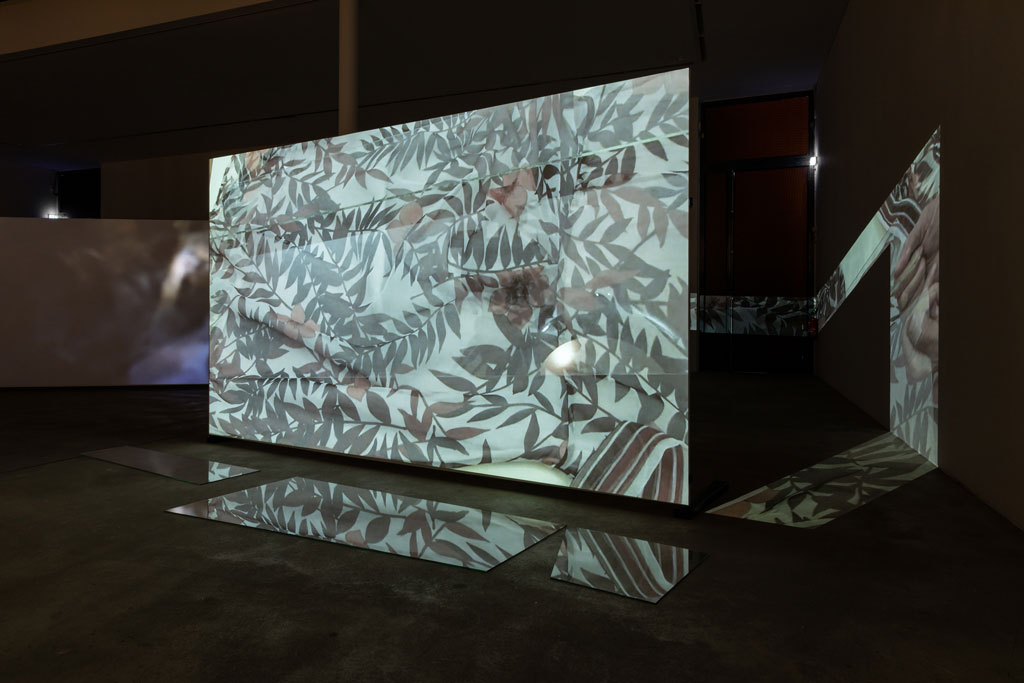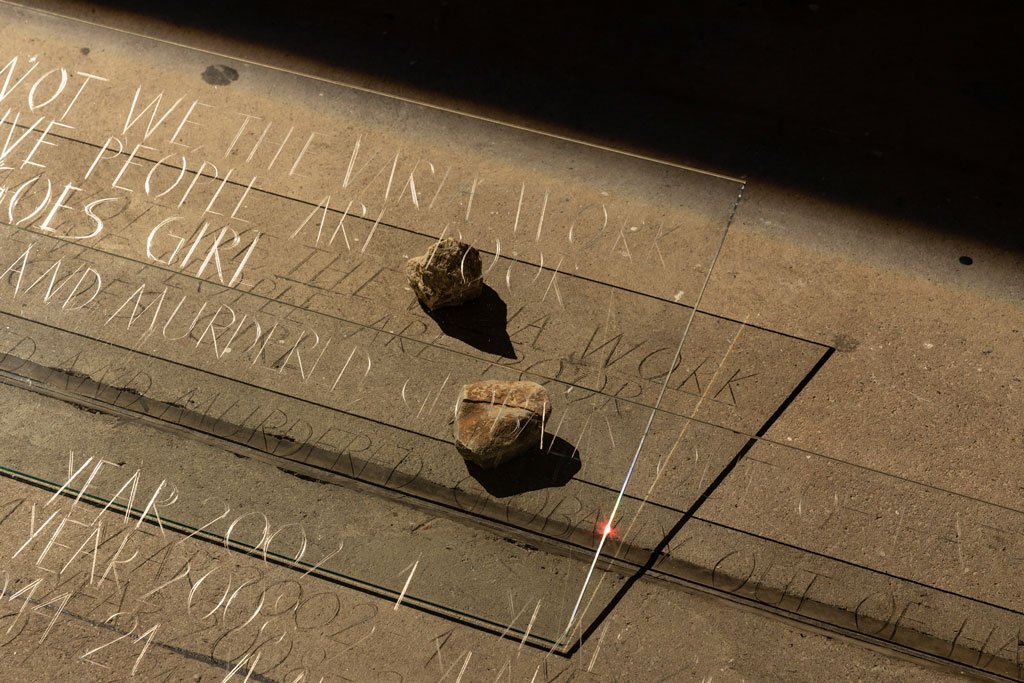ART CITIES:Berlin-Anna Daučíková
 Over the last 50 years, Anna Daučíková has developed a comprehensive oeuvre that comprises painting, photography, collage, film, and sculpture. Her approach is characterized by an extraordinary sensibility for the way overarching societal structures shape self-definition and personal expression. In her work Daučíková negotiates a space where linear authorship and customary rules no longer apply.
Over the last 50 years, Anna Daučíková has developed a comprehensive oeuvre that comprises painting, photography, collage, film, and sculpture. Her approach is characterized by an extraordinary sensibility for the way overarching societal structures shape self-definition and personal expression. In her work Daučíková negotiates a space where linear authorship and customary rules no longer apply.
By Efi Michalarou
Photo KW Archive
Anna Daučíková has been selected as the winner of the Schering Stiftung Art Award 2018. The prize, which is awarded by the Schering Stiftung in cooperation with KW Institute for Contemporary Art in Berlin, is endowed with a prize money of 10,000 Euro and a solo exhibition at KW, for which a new artwork is created. This is the 7th time that the prize has been awarded, and the 5th time in cooperation with KW.m Anna Daučíková was born in 1950 in Bratislava. She studied with Václav Cigler, who directed the Glass in Architecture Studio at the Academy of Fine Arts and Design in Bratislava. Daučíková moved to Moscow in the late 1970s and remained there for over a decade. During this time she started to develop a practice that explored the concept of the “mental body” a result of her preoccupation with what she coined as “inbetweenness” a term used to express her transgender identity. Her practice unfolded during the dissolution of Soviet modernism and was significantly shaped by a conceptual approach, which included documenting her surroundings and exploring numerical systems and the notion of abstraction as a way to find the personal in abstract orders. Since the 1990s and after the end of the bipolar Cold War era, the artist not only became an advocate for the LGBTQ community back in Bratislava but also turned her eye inwards, focusing increasingly on manifestations of her queer self-understanding within the profound changes of post-Cold War society. The large-scale monographic exhibition at KW surveys work from the past 4o years alongside a new commission, which reaches back to the artist’s early training in glass work as part of her fine and applied arts study as well as her fascination for glass and its ambiguous status between materiality and immateriality, craft and concept. Upon entering the exhibition’s first room, viewers are introduced to the artist’s persona through one of the central pieces in the show: “Upbringing Exercise” (1996), a work consisting of 18 black-and-white images, organized through the punctuation of horizontal and vertical lines, where the resulting grid mirrors the rhythmic movement of the images themselves. The images capture the artist’s various poses as she presses a big sheet of glass against her chest with great bodily tension. Her chest, in turn, is flattened into a two-dimensional surface. Hardly autonomous, the glass here serves as a tool for the performative act whilst simultaneously creating its image. The body is captured in a state of becoming, anticipating a yet to be constituted way of existing in the world. The newly designed exhibition architecture, consisting of large-scale glass panels, follows this trajectory by treating glass as the locus of image production. Moving on to the second room, one encounters an early work entitled “Family Album” (1988), which was made during the artist’s Moscow years. While in “Upbringing Exercise” the moment of abstraction occurs through the scheme of flatness, here drinking glasses are abstracted from their original utilitarian reality, acting as substitutes for bodies. Representing various configurations of and relationships between family members, they comment on normalized gender roles within the domestic sphere, which in turn predetermine the overall organization of society. This is suggested by their placements in front of windows. And even though these works are determined by the vagaries of the ratio, they equally come into being through an all-pervasive poetic sensibility. The latter surfaces in the three-channel video work “On Allomorphing” (2017), which testifies to the artist’s literary attitude in combining autobiography, history, and philosophy. This attitude is also manifested in the style of filming, in which the “camera as prosthetic” acts like a viewer’s or reader’s eye wandering over a book page or screen. The motif of the prosthetic also reappears in the jewelry works which Anna Daučíková made while studying at the Academy of fine Arts in Bratislava. Shown within a newly conceived glass display alongside self-made polaroids that show the artist cutting her nails in an overly sexualized manner, the jewelry’s shiny surfaces and stylized shapes come to signify a playful sense of desire which is also echoed in the large scale installation in the KW’s hall. The newly commissioned work “Expedition for Four Hands and Accompaniment” (2019) consists of a three-channel film projected onto screens, engraved glass sheets positioned on the floor, and an accompanying publication available in the space. The work sets out on the journey of trying to articulate oneself without relying on secure, finalized notions of identity. The artist therefore introduces the scenery of a cave, which, with its psychological and metaphorical connotations, functions as the film’s visual and symbolic backdrop. In front of the blurry, dark imagery, schematic drawings of hands repeatedly appear, showing long-lost folkloristic dance instructions originally from the Kaukasus. The screens on the left and right side show two hands performing two different actions. While on the left side the artist cuts glass, supposedly male hands handle cloths on the right, both playfully navigating traditionally gendered movements. Both the installation of glass sheets on the floor and the publication aim to transcend this theatrical realm.
Info: Curator: Anna Gritz and Cathrin Mayer, KW Institute for Contemporary Art, Auguststraße 69, Berlin, Duration: 7/6-18/8/19, Days & Hours: Mon & Wed-Sun 11:00-19:00, thu 11:00-21:00, www.kw-berlin.de



